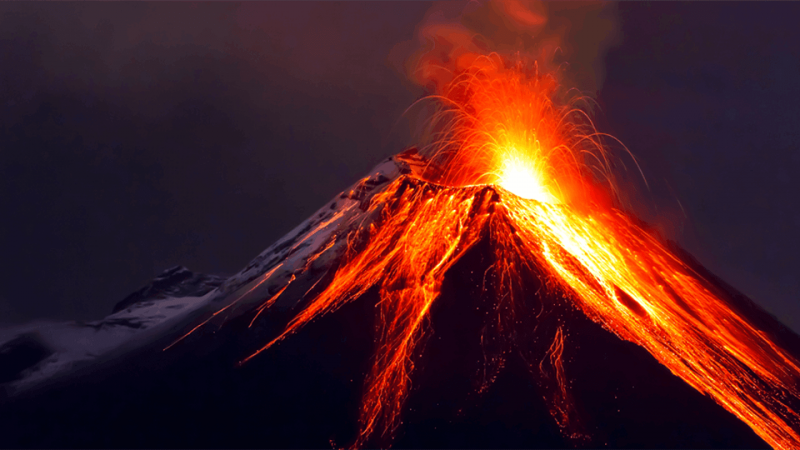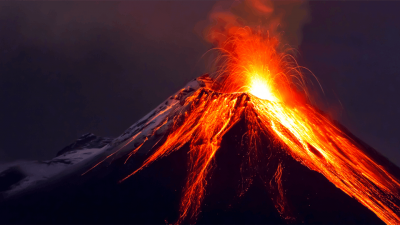Scientists from the University of Budapest have uncovered the dangers posed by dormant volcanoes, which can erupt violently after long periods of inactivity. According to the journal Contributions to Mineralogy and Petrology, “geologists at the university studied the Chomadol (Comadol) volcano, the smallest volcano in the Carpathian-Pannonian region of Romania, which is about a million years old. They used data on mineral composition and chemical composition to determine the conditions of magma development, reconstruct the structure of the magma reservoir, and explain why recent activity at Chomadol is predominantly explosive.”
Throughout the volcano’s existence, there have been several long quiet periods lasting from tens to hundreds of thousands of years. The most significant period of volcanic activity occurred over the last 160,000 years, with the eruptions of lava domes dating back between 160,000 and 95,000 years ago, followed by a quiet period lasting 30,000 years. After this dormancy, Chomadol's activity has become more hazardous.
The researchers found that “the amphibole mineral (an important group of dark-colored silicate minerals), which varies greatly in chemical composition in the Chomadol pumice, plays a key role in changing volcanic behavior. They determined that most amphiboles are an early stage of crystallization from water-saturated magma, with these high-elevation igneous rocks contributing to volcanic eruptions.” The study results indicate that “despite the absence of any signs of activity from the Chomadol volcano, it is not unlikely that it could reactivate rapidly within weeks or months if fed by hot, water-rich magma.”




